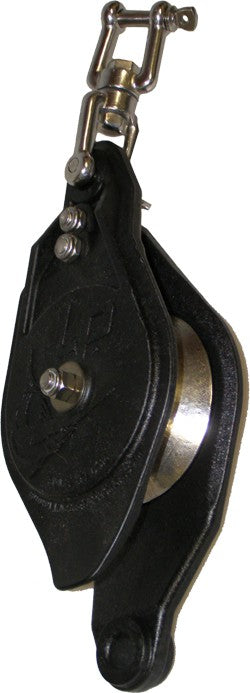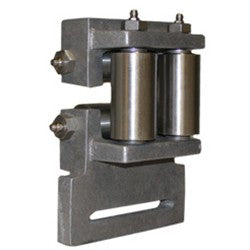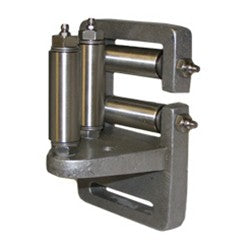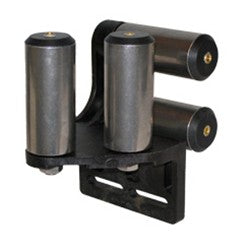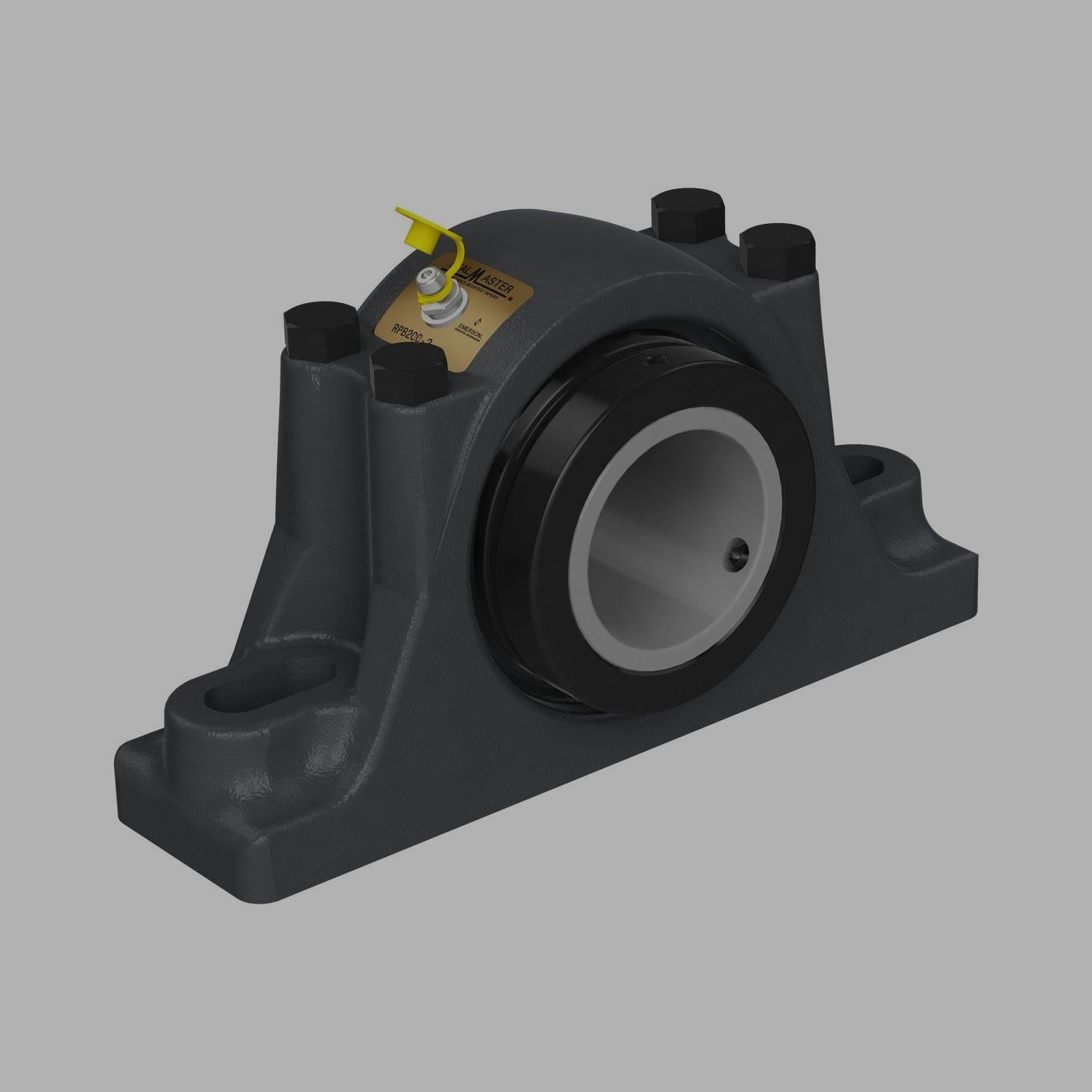
Industrial-Grade Parts for Longline Fishing
Parts & Solutions for Longline Operations
Discover durable and efficient parts tailored for the unique demands of longline fishing. Our selection of Longline equipment ensures your operation runs smoothly, from hooks to reels and everything in between.
Explore Longline Parts


